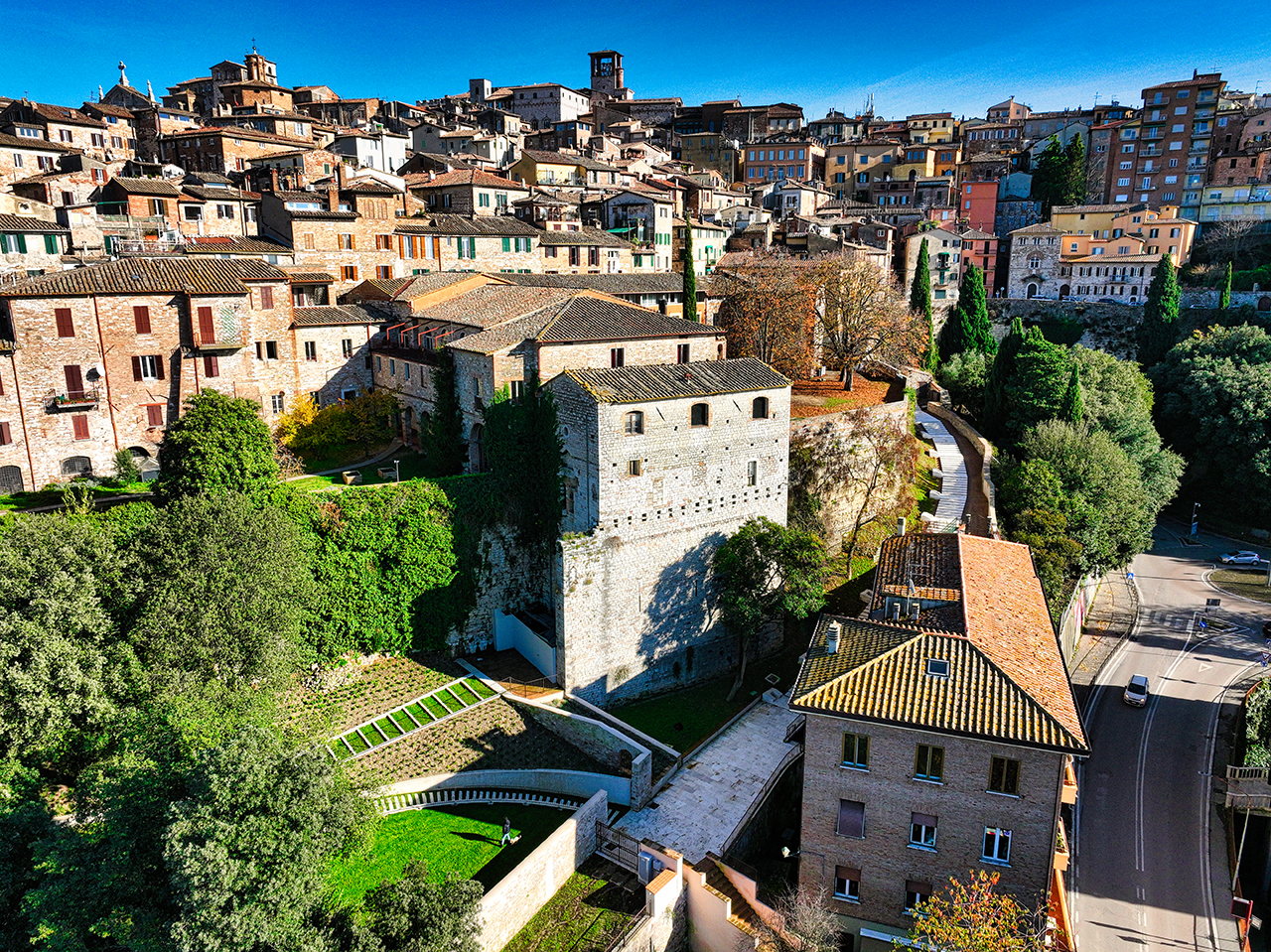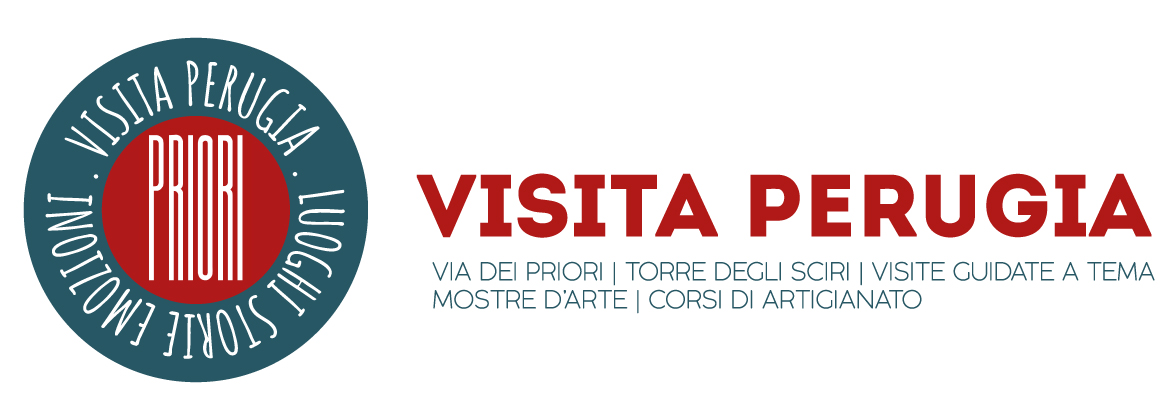



Church of San Benedetto alla Canapina. There is very little historical and archival evidence relating to this church. Certainly built, in its initial Romanesque form, before the year 1000, the Church of San Benedetto alla Canapina, over the centuries has undergone an unstoppable stylistic and constructive evolution that has led it to its current appearance: predominantly gothic in character. Nevertheless, the reading of its facades, from the front to the back with its magnificent hanging apse, is to be considered a miracle of the stylistic balance and building wisdom of our predecessors. Despite the five phases of its construction (between elevations and renovations), in fact, its architectural figure remains extraordinarily homogeneous and elegant. A not inconsiderable peculiarity of this very particular monument is its double vertical ‘nature’ which, thanks to the two superimposed floors, places it, like the Temple of Sant’Ercolano and the Church of Jesus, among the city tower churches. Probably this is due to the taking charge of the church by the Order of the Knights of the Holy Sepulchre who, in the second half of the fourteenth century, from Rome, settled permanently in Perugia in the Gerosolimitani complex around San Luca. The singular use of San Benedetto is born – or consolidated – which, on the ground floor, from outside the city walls, welcomes the faithful of the county and, on the upper floor, with access from the top of the Etruscan walls, opens to the worship of the users who are inside. For its unique position, San Benedetto Vecchio alla Canapina, thanks to the eponymous staircase that surrounds it – which refers to the exercise of the canvas masters who along the stretch made the ropes intended for sale – rises, austere and beautiful, in the center of the stretch of the Etruscan walls of the Canapina and Cupa. A single area, in fact, at least originally. It is as a result of the ordinance – mentioned in the Perugian Statutes of 1279 – that, between the old Etruscan walls and the last offshoot of the new medieval ones, the staircase is built, destined, on the one hand to separate forever the two sections of the ancient walls and, on the other, to permanently reunite the inhabitants of Porta Eburnea and Porta Santa Susanna without having to ‘leave’ the city. On the one hand, thus, the Canapina Park today is characterized by the presence of the church and, on the other, that of the Cupa for the singular presence of another small door, cut between the Etruscan blocks of travertine: that of Postierla.


